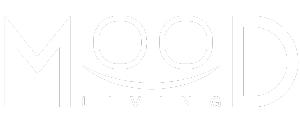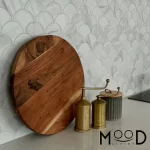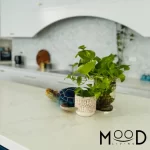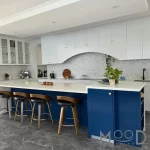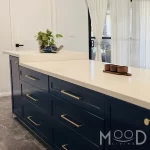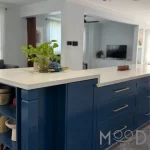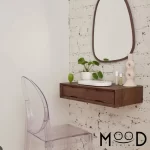Transforming a living space into a personal sanctuary or an office into a hub of productivity often goes beyond selecting paint colors and furniture. It involves a deeper understanding of design principles, spatial arrangements, and how to align these elements with the occupants’ lifestyle and needs. This is where an interior designer can be instrumental. But do you really need one? Let’s explore the benefits, the process, and how to determine if hiring an interior designer is the right choice for you.
The Role of an Interior Designer
Interior designers are professionals trained to create functional and aesthetically pleasing spaces. They possess a keen eye for detail and an in-depth understanding of design principles, which they use to improve both the form and function of a space. Their role encompasses several key responsibilities:
- Space Planning: Interior designers analyze the space to determine the most efficient and aesthetically pleasing layout. They consider traffic flow, furniture placement, and how the space will be used.
- Color and Material Selection: Choosing the right colors and materials is crucial in creating a harmonious environment. Interior designers have a profound understanding of color theory and the properties of different materials.
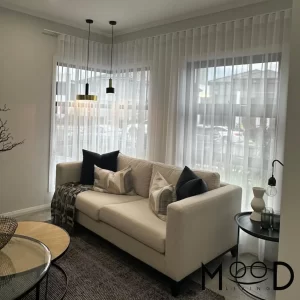
- Lighting Design: Lighting can drastically alter the ambiance of a room. Designers plan both natural and artificial lighting to enhance the mood and functionality of a space.
- Furniture and Accessory Selection: Interior designers help select furniture and accessories that complement the design theme and fit the space’s dimensions and needs.
- Project Management: From initial concept to final installation, interior designers manage the entire design process, coordinating with contractors and suppliers to ensure the project stays on track and within budget.
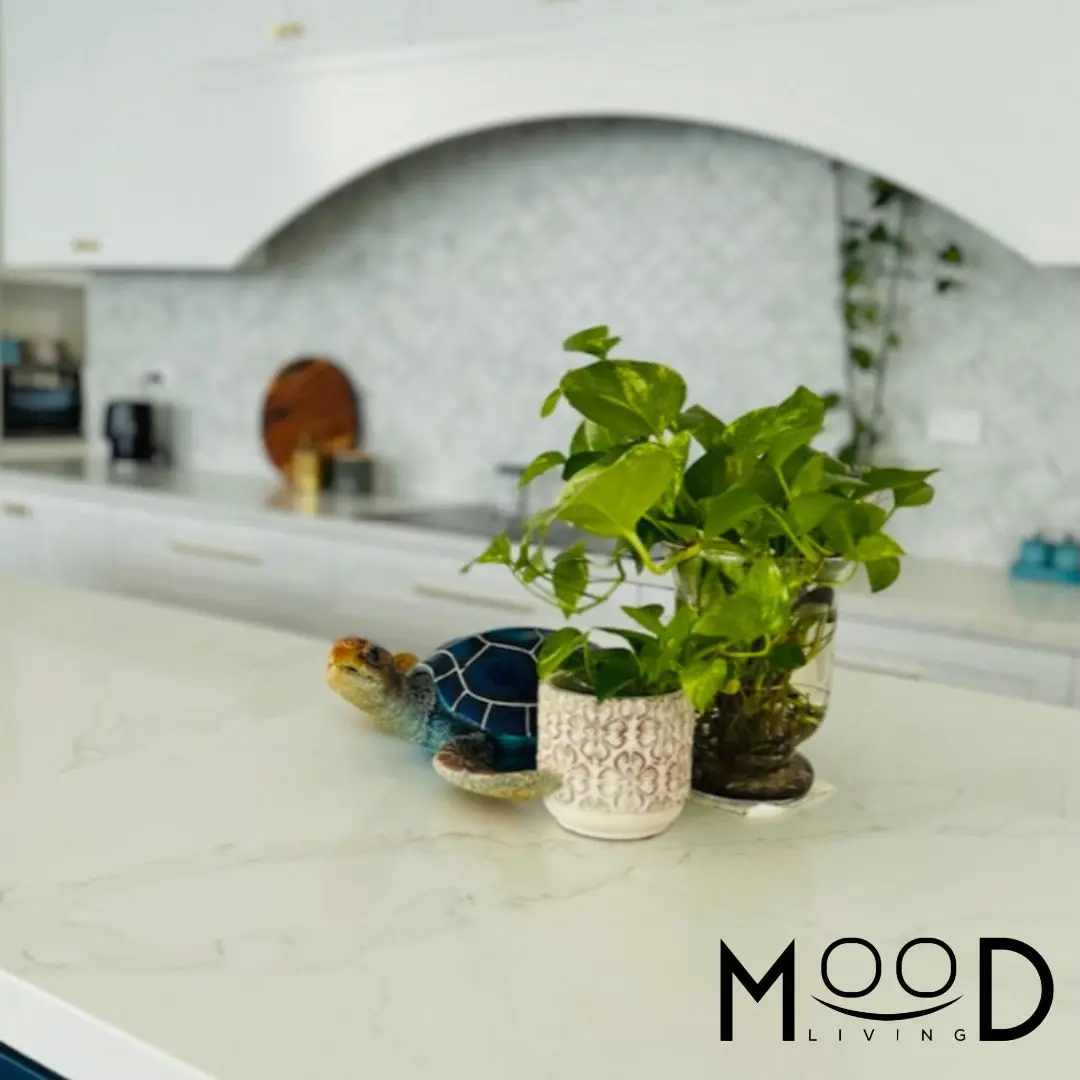
Benefits of Hiring an Interior Designer
Hiring an interior designer can be a significant investment, but it often pays off in various ways. Here are some of the key benefits:
Professional Expertise
Interior designers bring a wealth of knowledge and expertise to the table. Their training and experience enable them to see potential in spaces that might be overlooked and to address challenges creatively. They can suggest solutions and ideas that you might not have considered, maximizing the potential of your space.
Time and Cost Efficiency
Although hiring an interior designer involves an upfront cost, it can save you money in the long run. Designers have access to a wide range of resources and can often secure discounts on furniture and materials. Additionally, they help avoid costly mistakes, such as buying furniture that doesn’t fit or selecting materials that don’t work well together. Their project management skills ensure that the project progresses smoothly and on schedule.
Personalized Design
A good interior designer listens to your needs and preferences, creating a space that reflects your personality and lifestyle. They help articulate your vision, translating your ideas into a cohesive and practical design. This personalized approach ensures that the final result is not only beautiful but also functional and tailored to your specific requirements.
Increased Property Value
Well-designed interiors can significantly boost the value of your property. Whether you plan to sell your home or rent out an office space, a professionally designed interior can make a strong impression on potential buyers or tenants, making your property stand out in the market.
The Interior Design Process
Understanding the interior design process can help you decide if hiring a designer is right for you. Here’s a general overview of what to expect:
- Initial Consultation
The process typically begins with an initial consultation where the designer meets with you to discuss your needs, preferences, and budget. This meeting is crucial for understanding your vision and the scope of the project. It’s also an opportunity for you to ask questions and get a sense of the designer’s style and approach.
- Design Concept and Planning
Based on the initial consultation, the designer develops a design concept, which includes sketches, mood boards, and possibly 3D renderings. This concept outlines the proposed layout, color scheme, materials, and furnishings. The designer will present this concept to you for feedback and approval.
- Detailed Design Development
Once the concept is approved, the designer moves on to detailed design development. This phase involves creating detailed floor plans, selecting specific materials and furnishings, and developing a lighting plan. The designer may also create more detailed 3D renderings or models to help you visualize the final result.
- Implementation and Project Management
With the design finalized, the implementation phase begins. The designer coordinates with contractors, suppliers, and other professionals to bring the design to life. They oversee the installation of furniture, lighting, and other elements, ensuring everything is executed according to the plan. The designer will also handle any issues that arise during this phase, keeping the project on track and within budget.
- Final Reveal and Adjustments
After everything is installed, the designer will conduct a final walkthrough with you to ensure you are satisfied with the results. If there are any adjustments or tweaks needed, the designer will address them promptly. The goal is to ensure that the finished space meets your expectations and fulfills the initial vision.
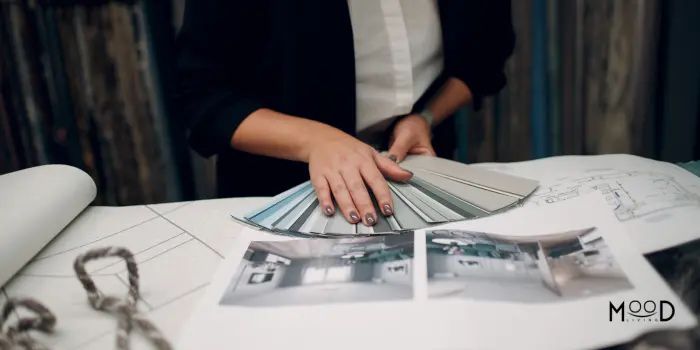
Do You Need an Interior Designer?
Deciding whether to hire an interior designer depends on various factors, including the scope of your project, your budget, and your personal preferences. Here are some considerations to help you make an informed decision:
- Complexity of the Project
If your project involves extensive renovations, structural changes, or a complete redesign, hiring an interior designer is highly recommended. Their expertise in space planning, material selection, and project management is invaluable in handling complex projects efficiently and effectively.
- Budget Constraints
While hiring an interior designer is an additional expense, it can save you money in the long run by avoiding costly mistakes and ensuring the project stays within budget. If your budget is tight, consider consulting with a designer for specific aspects of the project rather than a full-service design.
- Personal Design Skills and Interest
If you have a keen eye for design and enjoy the process, you might prefer to handle the project yourself. However, even in this case, consulting with a designer for professional advice can be beneficial. They can provide valuable insights and suggestions, helping you refine your ideas and avoid common pitfalls.
- Time Availability
Designing and managing a renovation project is time-consuming. If you have a busy schedule or lack the time to dedicate to the project, hiring an interior designer can alleviate the burden. They handle all the details, allowing you to focus on other priorities while ensuring the project progresses smoothly.
Tips for Working with an Interior Designer
If you decide to hire an interior designer, here are some tips to ensure a successful collaboration:
- Clear Communication
Open and clear communication is essential for a successful project. Be honest about your needs, preferences, and budget from the outset. Provide feedback on the design concepts and plans, and don’t hesitate to ask questions or express concerns.
- Define Your Budget
Establish a realistic budget for the project and communicate it clearly to the designer. A good designer will work within your budget, prioritizing key elements and making cost-effective recommendations without compromising the overall design.
- Trust the Process
While it’s important to be involved in the project, it’s also crucial to trust the designer’s expertise. Be open to their suggestions and recommendations, even if they differ from your initial ideas. Remember, they have the training and experience to create a space that not only looks great but also functions well.
- Stay Engaged
Stay engaged throughout the process, attending meetings, reviewing plans, and providing feedback. Regular communication helps ensure that the project stays on track and that the final result aligns with your vision.
Conclusion
Unlocking the potential of your space often requires more than just a keen eye for design; it requires professional expertise, creative problem-solving, and meticulous project management. Whether you’re looking to transform a single room or undertake a complete home renovation, hiring an interior designer can provide numerous benefits, from expert guidance and personalized design to time and cost savings.
Ultimately, the decision to hire an interior designer depends on the complexity of your project, your budget, and your personal preferences. By understanding the role and benefits of an interior designer, and carefully considering your needs and resources, you can make an informed decision that ensures your space reaches its full potential.
So, do you need an interior designer? If you value professional expertise, time efficiency, and a personalized approach to design, the answer is likely yes. Unlock the potential of your space and create an environment that truly reflects your style and meets your needs with the help of an interior designer.
Mood Living
Mood Living is a premier interior designer and decorator, offering top-notch interior design and decorating services. We proudly serve the areas of Kellyville, Schofields, Marsden Park, Beaumont Hills, Rouse Hill, Blacktown, and Penrith, providing exceptional services at affordable prices.
